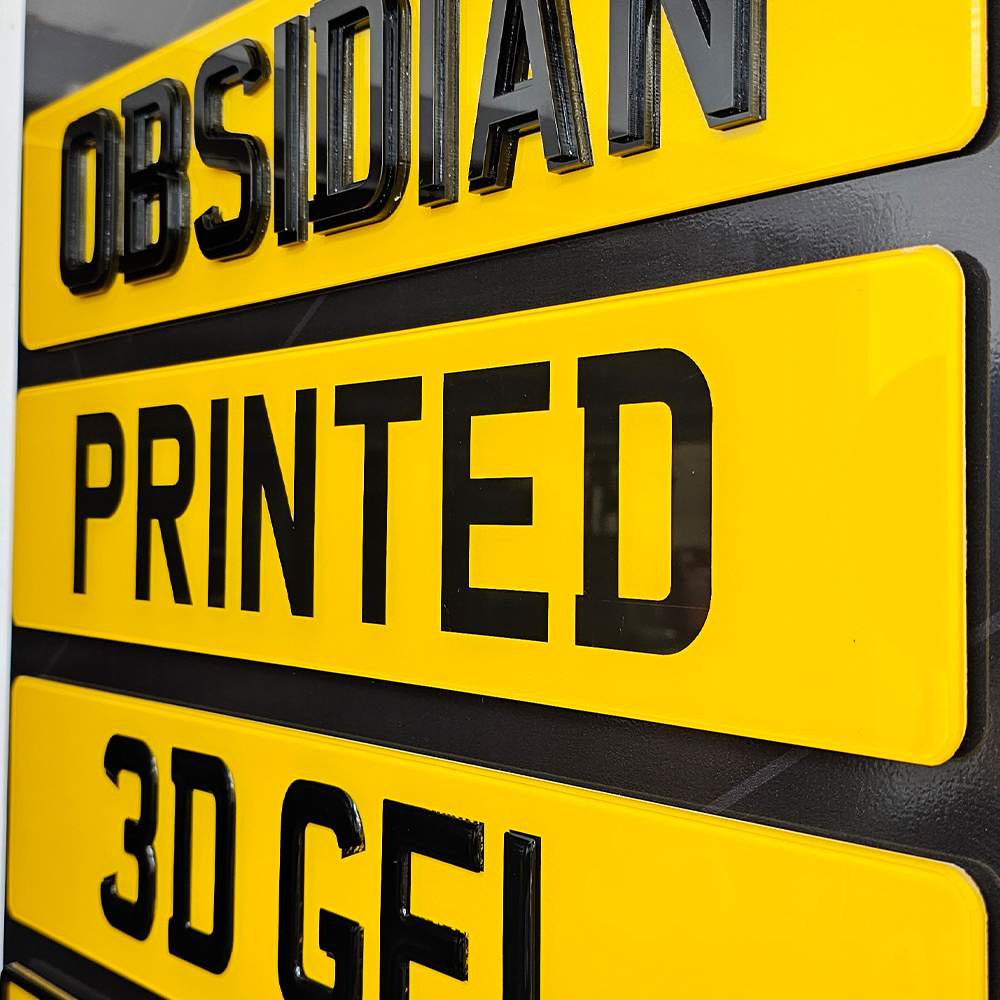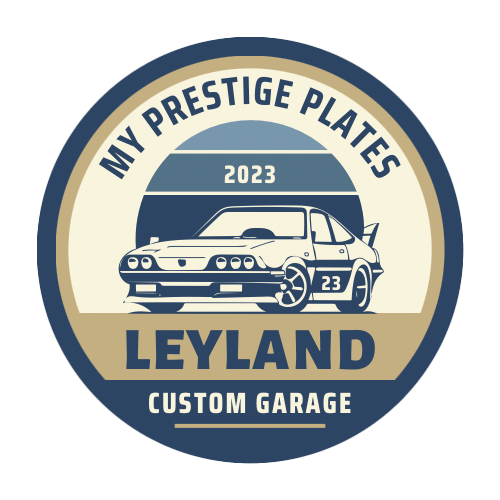Legal Aspects of Number Plates: What You Need to Know for Preston and Leyland

Number plates are an essential component of vehicle identification and regulation. In Preston and Leyland, as in the rest of the UK, there are specific legal requirements governing their format, display, and use. Understanding these legal aspects is crucial for vehicle owners to ensure compliance and avoid potential penalties. This blog post delves into the key legal considerations surrounding number plates, offering a comprehensive guide for motorists in these regions.
1. Format and Design Requirements
In the UK, the design and format of number plates are regulated by the Driver and Vehicle Licensing Agency (DVLA). These regulations ensure that number plates are easily readable and consistent across all vehicles. The legal requirements include:
- Font: The font used on number plates must be the mandatory Charles Wright font. This standard font ensures uniformity and readability.
- Size and Spacing: Characters must be of a specific size and spacing. For vehicles registered after September 1, 2001, the font size should be 79mm in height and 50mm in width (except for the numeral ‘1’ or the letter ‘I’). The spacing between characters must be 11mm.
- Material: Number plates must be made of reflective material. The front plate should have a white background with black characters, while the rear plate should have a yellow background with black characters.
- No Patterns or Backgrounds: Decorative patterns or backgrounds are not permitted on number plates.
Compliance with these format and design requirements is crucial. Non-compliance can result in fines and MOT (Ministry of Transport) test failures.
2. Registration and Display Regulations
Proper display of number plates is mandated by law to ensure they are visible and readable. Key points include:
- Front and Rear Plates: All vehicles must display number plates at both the front and rear. Motorcycles, however, only require a rear plate.
- Visibility: Plates must not be obscured by dirt, damage, or obstructions. Regular cleaning and maintenance are necessary to keep them visible.
- Mounting: Plates should be securely attached to the vehicle. Loose or improperly mounted plates can fall off or be obscured, resulting in legal issues.
- No Covers: Clear or tinted covers that obscure the number plate are illegal. The plate must be clearly visible from a distance and in various lighting conditions.
3. Personalised and Cherished Number Plates
Personalised number plates are popular in Preston and Leyland, but there are specific legal guidelines for their use:
- Acquisition: Personalised plates must be legally acquired through the DVLA or authorised resellers. Once purchased, the plate must be assigned to a vehicle.
- Display: Personalised plates must adhere to the same format and display regulations as standard plates. They cannot use non-standard fonts, sizes, or colours.
- Transfer: When transferring personalised plates to another vehicle, the correct documentation must be submitted to the DVLA. This ensures the plate is legally assigned to the new vehicle.
Using personalised plates that do not comply with legal standards can result in fines and the plate being revoked by the DVLA.
4. MOT Test Requirements
The MOT test is an annual examination of a vehicle’s roadworthiness, safety, and emissions. Number plates are a critical component of this test. To pass the MOT test, number plates must:
- Be in good condition, without cracks or significant damage.
- Be correctly spaced and formatted.
- Be securely attached to the vehicle.
- Be clean and readable.
Failing to meet these criteria can result in an MOT failure, requiring rectification before the vehicle can be legally driven.
5. Penalties for Non-Compliance
Non-compliance with number plate regulations can lead to several penalties:
- Fines: Drivers can be fined up to £1,000 for not displaying their number plates correctly.
- MOT Failure: As mentioned, improper number plates can cause a vehicle to fail its MOT test.
- Plate Revocation: In severe cases, the DVLA has the authority to revoke a non-compliant personalised number plate.
Regularly checking that number plates meet legal requirements can prevent these penalties.
6. Technology and Number Plates
With technological advancements, new forms of number plates, such as digital plates, are emerging. While not yet widely adopted in the UK, these plates offer features like GPS tracking, remote updating, and theft alerts. However, they must still comply with DVLA regulations regarding visibility and readability. As technology evolves, the legal framework will likely adapt, providing guidelines for these innovations.
7. Reporting Issues
If you notice a problem with your number plate or see another vehicle with a non-compliant plate, it’s important to take action. For personal issues, contact the DVLA or a licensed plate supplier. If reporting another vehicle, you can inform local law enforcement or use the DVLA’s online reporting tools. Ensuring all vehicles display legal number plates contributes to overall road safety and compliance.
Conclusion
Navigating the legal aspects of number plates is essential for all vehicle owners in Preston and Leyland. Adhering to DVLA regulations regarding format, display, and personalization not only ensures compliance but also contributes to road safety and vehicle identification accuracy. As number plate technology evolves, staying informed about legal requirements will help motorists avoid penalties and embrace new innovations. Regular checks and maintenance of number plates can prevent legal issues and enhance the motoring experience in these dynamic communities.
